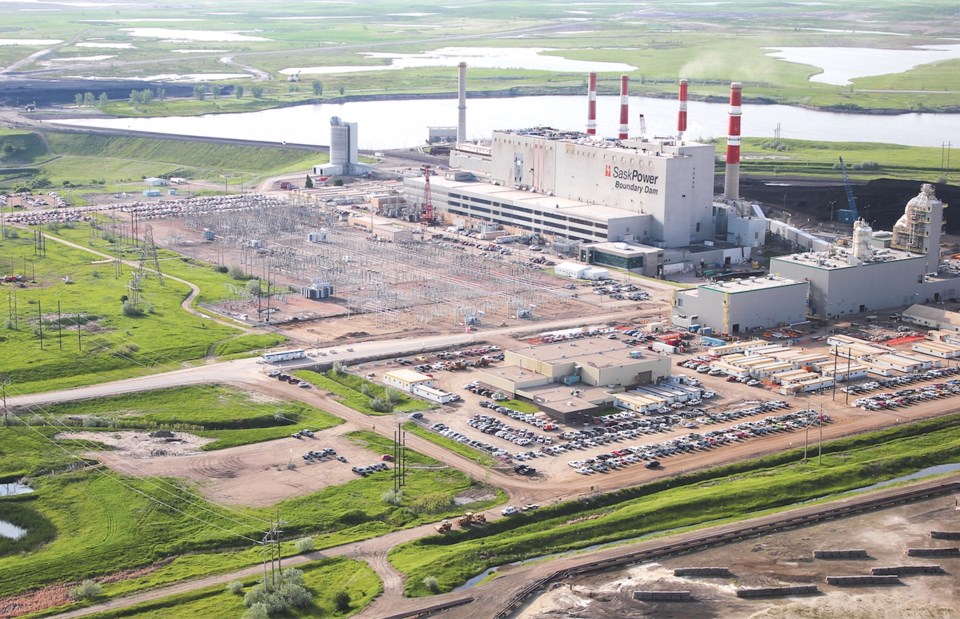It’s amazing the difference a year can make.
At this time a year ago, the carbon capture and storage (CCS) facility at the Boundary Dam Power Stations was in the midst of challenging times. It had been offline for an extended period of time due to a carbon dioxide compressor motor failure in July, and when it did return, a leak in October affecting the compressor cooler again put the facility offline.
But the most recent quarterly report for the facility, released by SaskPower last week, paints a different picture. It shows that it was online 94.5 per cent of the time for the third quarter, from July 1-Sept. 30. That follows a very successful second quarter, in which it was online 96 per cent of the time from April 1-June 30.
In March, it was online 99.1 per cent of the time.
So over the past seven months, it’s been online for more than 95 per cent. We’re pretty confident that there isn’t a wind-power facility that can boast that number.
It’s great to have it online, but we also have to note the amount of CO2 that has been kept from entering the Earth’s atmosphere. In the previous three months, it was more than 219,000 tonnes of CO2, or about 73,000 a month. The previous three months, it captured 218,537 tonnes. And in March, it was at more than 72,000 tonnes.
If the trends of the past seven months continue, the CCS facility will surpass five million tonnes of captured CO2 late this year or early next year.
Take that, CCS critics. Seven months of consistently excellent performance is what BD3 needed to regain the confidence of people with open minds.
Yes, the CCS facility has been offline for a couple of weeks this month for scheduled maintenance, but any facility is going to have to come offline eventually.
And there will be times in which the CCS facility will have to come offline for unexpected reasons, but that’s going to happen with any power-generating option. You just have to hope that when it does happen, the shutdown is for a brief period of time, rather than what we saw in the second half of last year and the first couple of months of this year.
Ironically, these numbers came out a week before an open house on solar power that is scheduled to happen Oct. 26 and 27 at the Royal Canadian Legion’s Estevan branch. There are those who don’t want to have solar power in Estevan, because they view it as an enemy of coal-fired power and CCS.
We look at it differently. We want to have both. We want to have the game-changing, world-leading technology found at Boundary Dam, and we want to have it supported by solar power.
Those who criticize CCS need to realize that it is providing baseload power in an environmentally-friendly fashion, to the tune of more than 70,000 tonnes captured a month. And those who criticize solar power have to recognize its potential, even if it’s as a support option at this time.
The CCS critics will never be happy, not as long as it is applied to coal-fired power generation, and not as long as the captured carbon is used in enhanced oil recovery to benefit the oil and gas sector. The CCS facility could capture one million tonnes of CO2 in a year (which is viewed as the best-case scenario for BD3 when the project was announced in April 2011) and the critics would still look for ways to carve the facility.
When you see numbers like the past seven months, it shows how effective the technology can be. It can be an effective tool to combat climate change and it can provide baseload power to Saskatchewan residents.
And it’s worthy of expansion to the remaining coal-fired generating fleet in the Estevan area.





